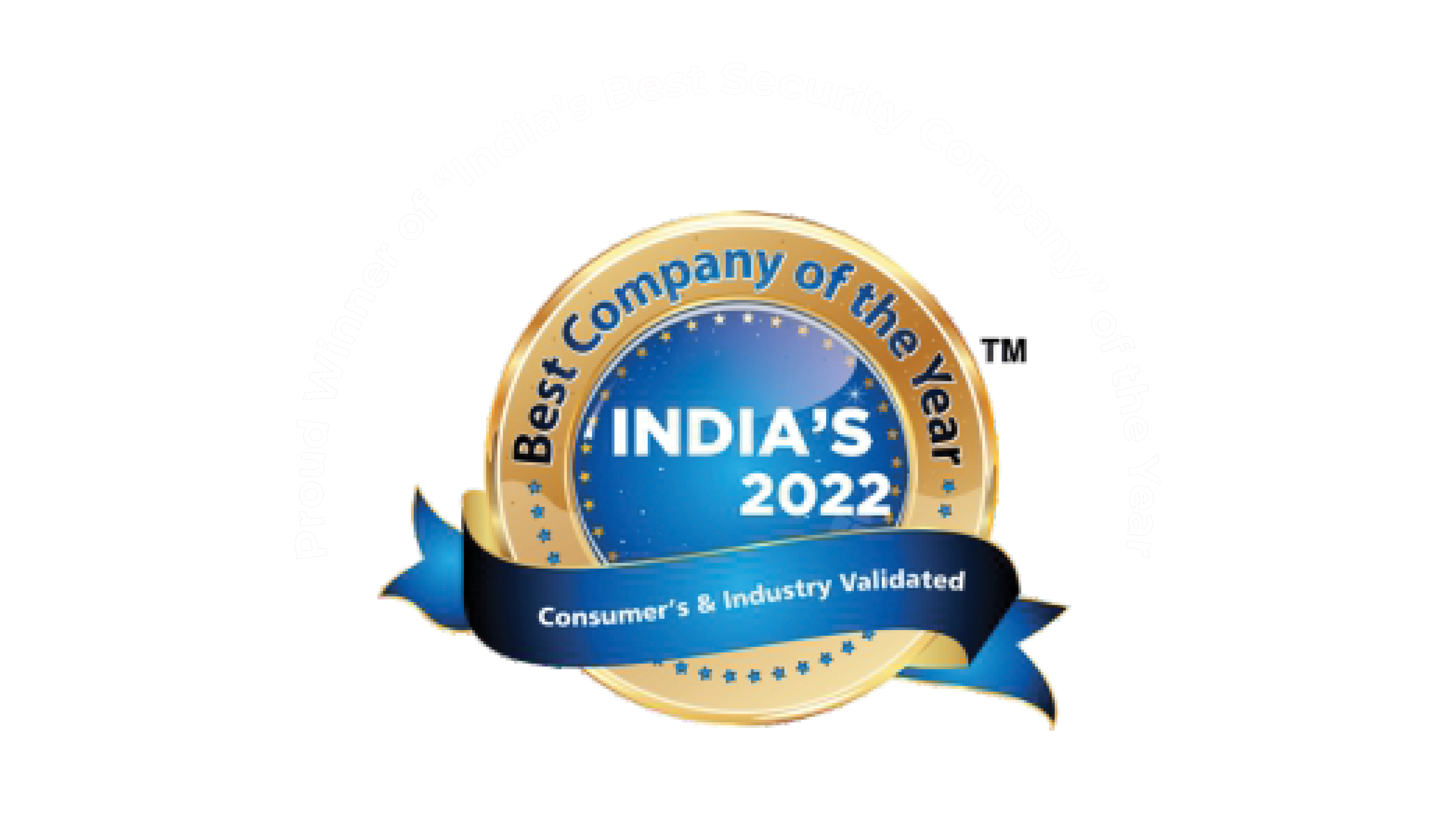

10am to 7pm
.jpg)
The pharmaceutical sector is critical to the healthcare industry, as they produce and distribute medications essential to people's health and well-being. However, they are also at risk of theft, vandalism, etc. Therefore, it is crucial to implement a comprehensive security plan to protect the facility, workers, visitors, and valuable assets. In this blog, we have discussed the do's and don'ts of pharmaceutical sector security.
When it comes to physical security for pharmaceutical manufacturing premises, there are several do's and don'ts to consider. Here are some important guidelines to follow:
Do's:Control Access Points: Implement strict access control measures at all entry and exit points. This may include the use of ID badges, biometric systems, access cards, or key codes. Limit access only to authorized personnel and ensure visitors are properly escorted.
Surveillance Systems: Install comprehensive video surveillance systems throughout the premises, including both exterior and interior areas. Make sure the cameras cover critical locations such as production areas, storage facilities, entry points, and high-security zones.
Alarm Systems: Install a robust alarm system that includes intrusion detection sensors, motion detectors, and door/window sensors. The system should be monitored 24/7 and linked to a security response team or law enforcement authorities.
Perimeter Protection: Secure the premises with physical barriers such as fences, walls, and gates. Consider additional measures like anti-climbing features, electronic locks, and security patrols to deter unauthorized access.
Lighting: Ensure proper lighting both inside and outside the premises, especially in areas where there is limited visibility. Well-lit areas act as a deterrent and help in detecting any suspicious activities.
Employee Training: Provide comprehensive training to all employees regarding security protocols, including how to identify and report suspicious behavior, the proper use of access control systems, and emergency procedures.
Inventory Control: Implement a robust inventory management system to track and control the movement of pharmaceutical materials, drugs, and equipment within the facility. Regular audits should be conducted to detect any discrepancies or potential theft.
Don'ts:Neglect Regular Maintenance: Avoid neglecting maintenance of security systems such as surveillance cameras, alarm systems, access control devices, and perimeter fencing. Regular inspections and repairs are necessary to ensure their effectiveness.
Overlooking Background Checks: Don't overlook conducting thorough background checks on all employees and contractors working within the facility. This helps prevent unauthorized individuals with ill intentions from gaining access to sensitive areas.
Weak Passwords and Access Codes: Avoid using weak passwords or easily guessable access codes. Encourage employees to use strong passwords and regularly update them. Implement multi-factor authentication for critical systems if possible.
Lack of Emergency Response Plan: Don't neglect developing a detailed emergency response plan that covers various scenarios such as fire, natural disasters, and security breaches. Regularly review and update the plan, conduct drills, and ensure employees are familiar with their roles and responsibilities.
Inadequate Security Personnel: Avoid relying solely on technology without adequate security personnel. Security guards or officers should be present to monitor surveillance systems, conduct patrols, and respond to incidents promptly.
Inadequate Visitor Control: Don't overlook the importance of visitor management. Implement a robust visitor registration process, issue temporary access badges, and ensure visitors are always accompanied by authorized personnel.
Poor Communication: Avoid poor communication among employees regarding security protocols. Ensure that everyone is aware of the importance of security measures and the proper procedures to follow.
Remember, physical security is a multi-layered approach, and it's crucial to tailor the security measures to the specific needs of the pharmaceutical manufacturing premises. Regular assessments, updates, and employee awareness are key to maintaining a secure environment.